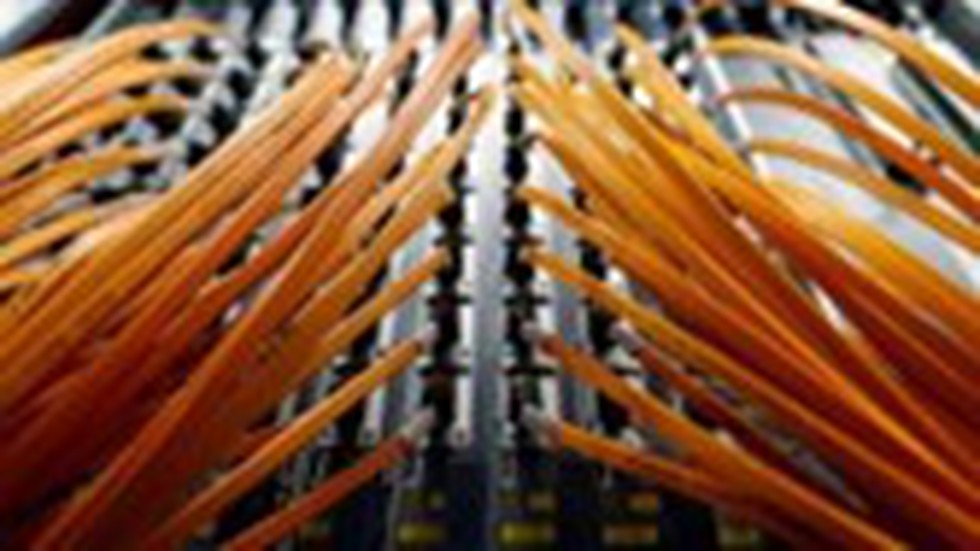About Fibre Optic Cable:
- Optical fibres are made of thin, cylindrical strands of glass.
- The diameter of a typical fibre is close to the diameter of human hair.
- These fibres can carry information, such as text, images, voices, videos, telephone calls, and anything that can be encoded as digital information, across large distances almost at the speed of light.
- They are strong, light, and flexible, and ideal to be buried underground, drawn underwater, or bent around a spool.
How do optical fibres work?
- These cables work basically on the principle of total internal reflection.
- The signals encoded as electromagnetic waves can be fed into one end of an optical fibre, and they will reflect and bounce many times between the glass walls as they traverse several kilometres bearing the information in the signals.
- A fibre optic communication system consists of three parts.
- A transmitter encodes information into optical signals (in the form of rapidly blinking light pulses of zeros and ones).
- An optical fibre carries the signal to its destination. There, a receiver reproduces the information from the encoded signal.
- Optical waves allow a high data transmission rate of up to several terabits per second in a single fibre.
- Unlike radio or copper-cable communication, fibre cables are also insensitive to external perturbations such as lightning and bad weather.
How are these fibres developed?
- Nowadays, glass fibres are manufactured using the fibre-drawing technique.
- First, a thick glass rod, called a preform, of high purity and an engineered refractive index profile is prepared using chemical vapour decomposition.
- The preform is heated to about 1,600 degrees C until it melts and is then drawn into a thin, long fibre.
- The drawing process reduces the fibre’s diameter while maintaining its length. The drawn fibre is coated with a protective layer to enhance strength and durability.
Applications
- Fibre optics technology has since been widely used in telecommunication, medical science, laser technology, and sensing.
- Optical fibres are an essential part of this development in communication.
